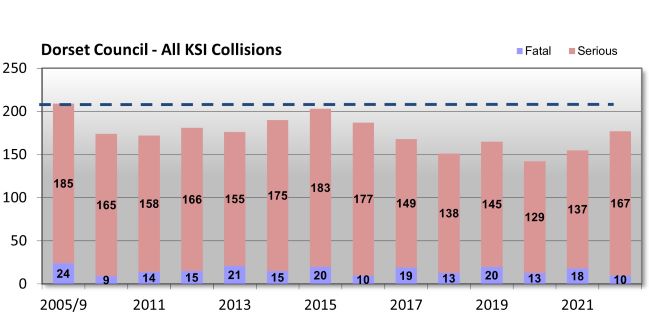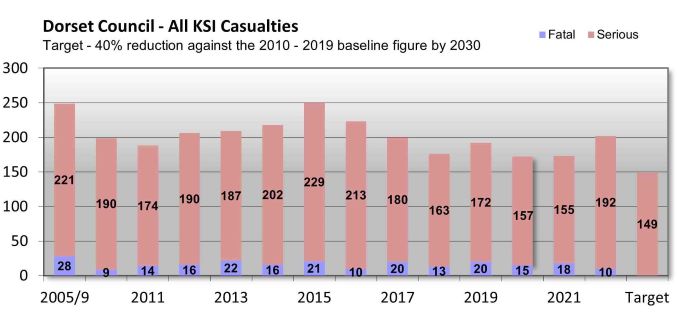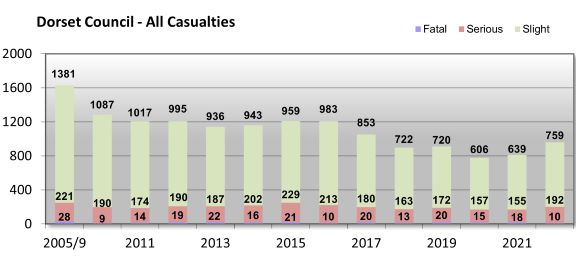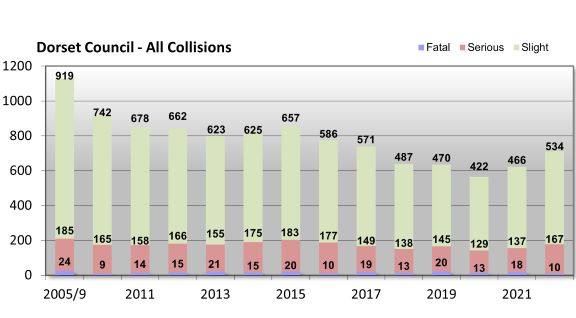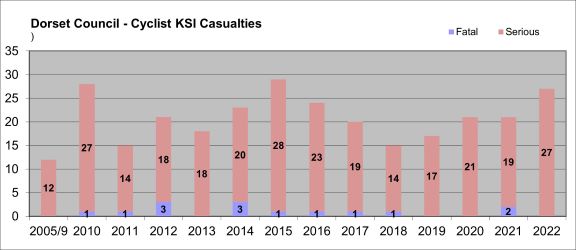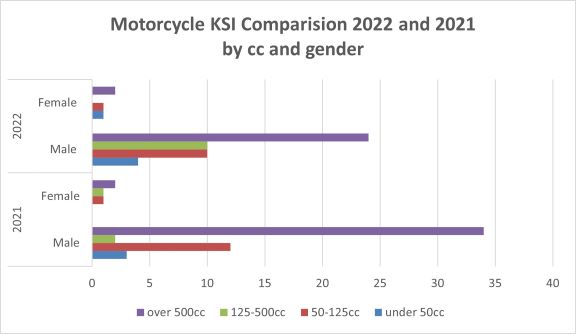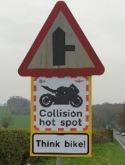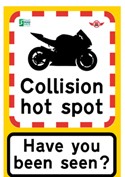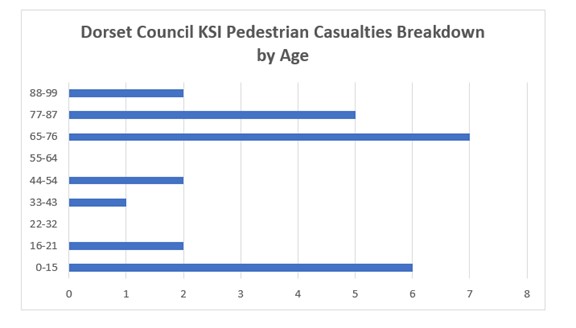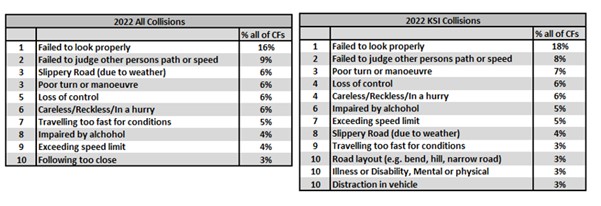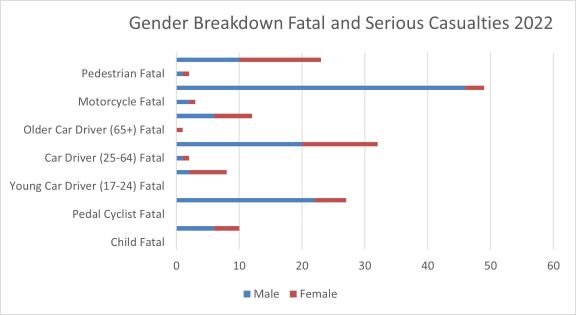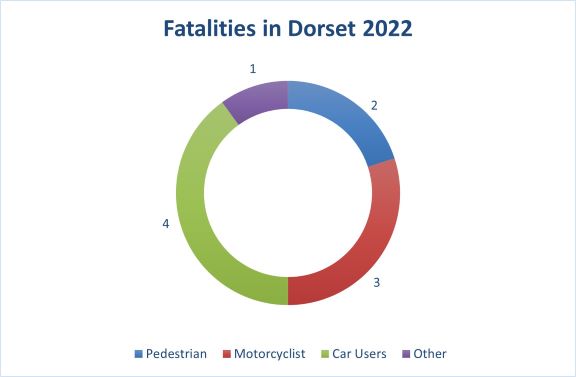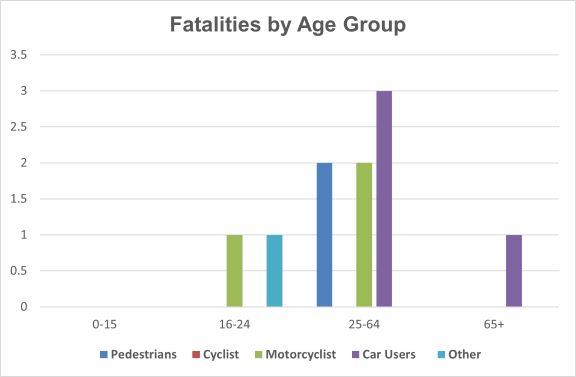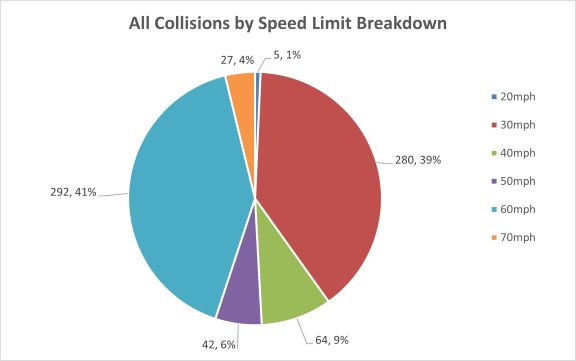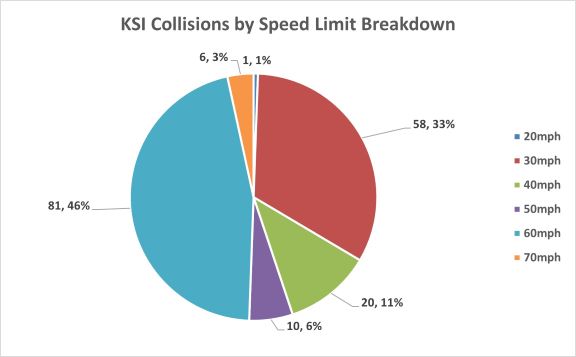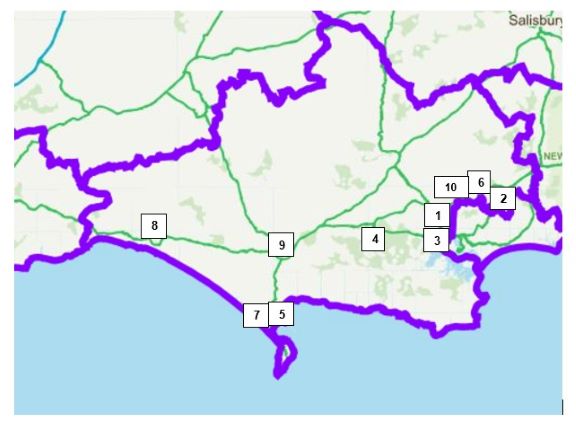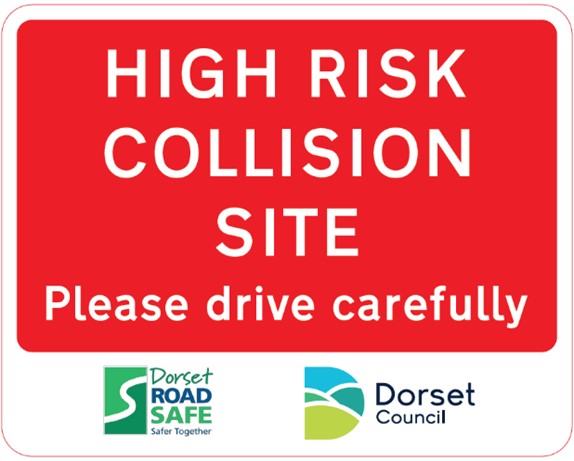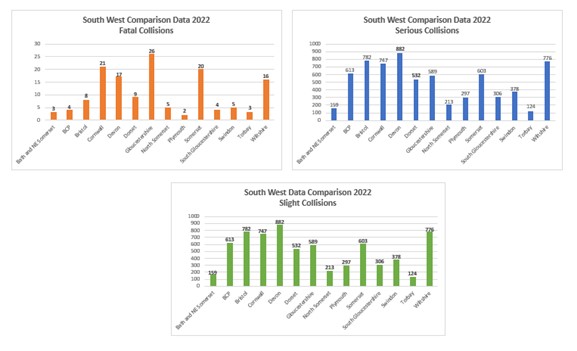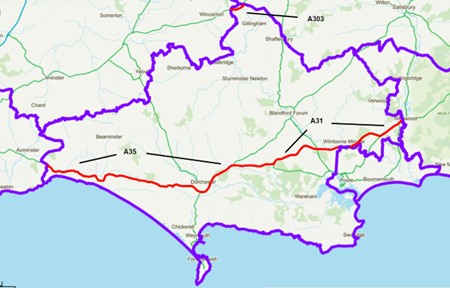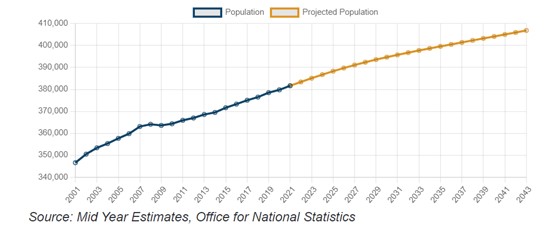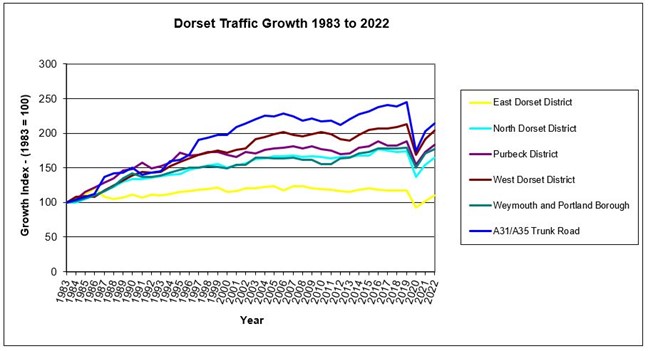Summary
Improving road safety is a key priority for a variety of services within Dorset Council and with partner authorities.
One person killed or injured on Dorset’s roads is one too many.
The number of road traffic collisions and casualties is a valuable indicator of the context in which road safety related work operates.
The numbers of collisions and casualties increased on Dorset’s roads during 2022. It is likely that the lifting of Covid restrictions impacted on this, however the full extent is not known.
| Yearly Totals | ||||
|---|---|---|---|---|
| Collisions | Fatal | Serious | Slight | Total |
| 2014/2018 average | 15 | 164.4 | 587 | 766.8 |
| 2021 | 18 | 137 | 466 | 621 |
| 2022 | 10 | 167 | 534 | 711 |
| Casualties | ||||
| 2014/2018 average | 16 | 197.4 | 892 | 1105.4 |
| 2021 | 18 | 155 | 639 | 812 |
| 2022 | 10 | 192 | 759 | 961 |
Dorset Council continues to adopt previously agreed targets.
Our vision is to improve road safety by reducing the number of road deaths and serious injuries (KSIs) in Dorset by 40% by 2030 compared to the ten-year baseline figure for 2010 to 2019 with a vision of zero KSIs by 2050.
The target for 2030 is to have no more than 125 killed or seriously injured (KSI) casualties on roads within the Dorset Council area. The previous set target was for there to be no more than 149 KSIs in the Dorset Council area by 2020. There were 202 people killed or seriously injured in 2022. This is an increase on the 2021 figure of 173 people killed or seriously injured.
Perhaps the greatest challenge in meeting this target is the wide variety of factors that are outside the direct control of the Council.
Figures for 2022 show that there was an increase in the child KSI casualties from those in 2021. The figures rose from four in 2021 to 10 in 2022.
There were more KSI car user casualties in 2022 than in 2021. The figure was 86 compared to 69 in 2021. This year there has been one fatal casualty amongst older car drivers (65+ years), the same figure as in 2021.
The number of motorcyclists killed or seriously injured decreased in 2022 compared to the figures in 2021 and is also lower than the baseline (2010-2019 average) figure of 55.
During 2022, 10 people died whilst using roads in the Dorset Council area; this compares to 18 in 2021. The 2010/19 baseline average is 17.
One person killed or injured on Dorset’s roads is one too many.
Records are available from 1 January 1998. In 2002 40 people died whilst using Dorset’s roads. This is the highest recorded figure available from the data we have in our electronic records. The lowest figure recorded was in 2010, which was nine.
More information regarding casualty figures and trends can be found on Dorset Council’s web site.
Road user behaviour is the main factor in the vast majority, if not all, of collisions resulting in injury. Good quality infrastructure is important, however improved road user behaviour is crucial to improving road safety.


